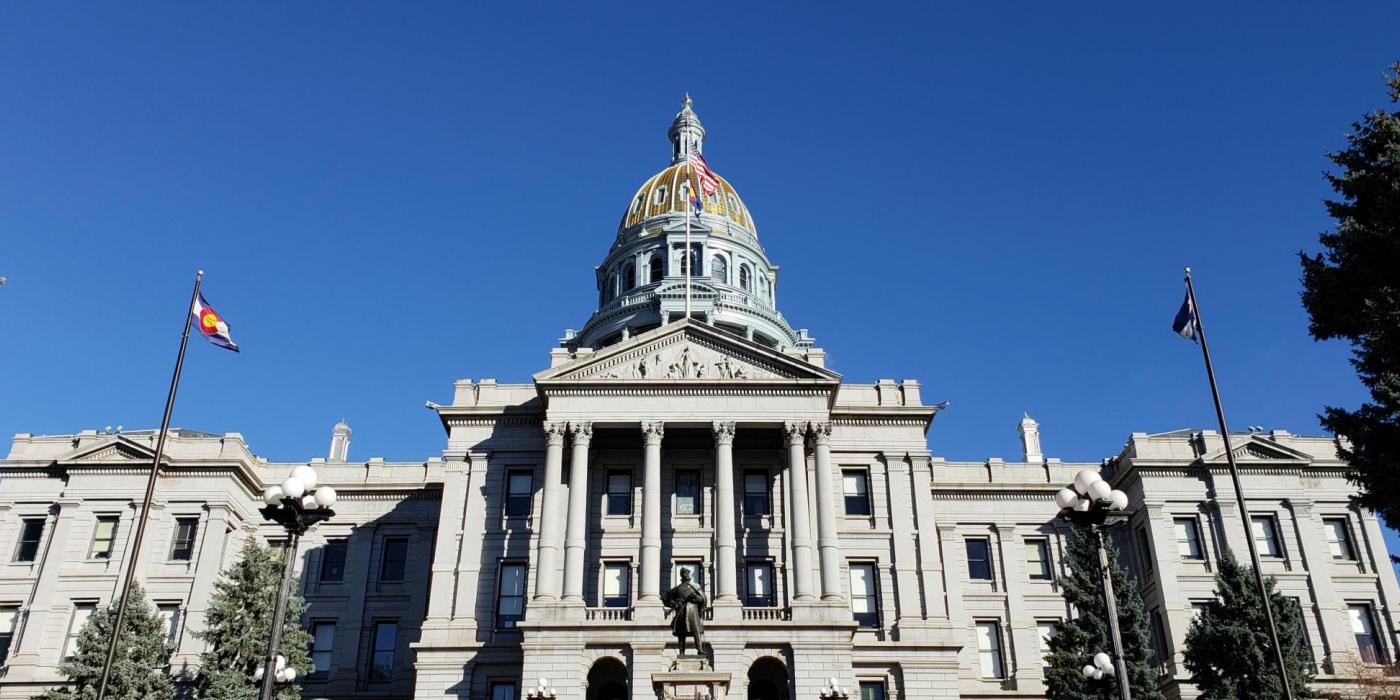All about the Legislature

Following bills as they move through the Legislature can be complicated. Hearing schedules change at the last minute, amendments are made, and there are any number of procedural steps that must be cleared as a bill is introduced, moves through both houses, and goes to the Governor for his signature or veto.
Helpful information about the bills
The Consortium has created a few resources that might be useful to you. One is a web page devoted to the Legislature that gives you at-a-glance information about the bills and has links to relevant websites. We will attempt to update that page regularly.
The legislature’s website is the source for definitive information, including an up-to-date schedule and the latest amendments. The legislature is scheduled to adjourn on Wednesday, May 7.
The Consortium does its best to keep members and stakeholders up to date about the progress of important legislation. However, committee schedules can change at any time, so the best way to follow the progress of a bill is to check the legislature’s website. Each bill has its own page that has a hearing schedule and information about watching or listening to a hearing.
About hearings
Hearings are an important point where citizens can provide testimony, and they are often the moment when bills are amended by committee members. If you want to testify at a hearing, the Legislature’s staff has created a participation guide that explains how hearings work and where to find hearing rooms.
When a hearing is in progress, people who are not able to attend can use this website to join remotely. Some hearings might allow remote testimony. For more information about that, visit this page.
The many hoops along the way
For a bill to become a law, it must, in the words of the General Assembly’s staff, “jump through many ‘hoops’ along the way.” Fortunately, the Legislature’s nonpartisan staff has created several resources to help. The first place to start might be the video “How a Bill Becomes Law in Colorado,” which is on the legislature’s website.
If you want to expand your knowledge and are considering getting involved, you can also find a Citizen’s Guide to Effective Legislative Participation, which is a thorough written introduction to the lawmaking process. The page explains procedures, gives tips for how to get involved and how to contact legislators, and has links to other useful resources, like a PDF about how to read a bill that explains terminology and what the different parts of the bill mean.
If you really want to know the ins-and-outs, the Legislature also has an 11-minute video that introduces the bill drafting and committee process to newly elected lawmakers and a very detailed FAQ for members about many “hoops” along the way. So remember, even they need some help. There’s also a colorful infographic.
Finally, the Colorado Sun also has published an article that might be helpful.